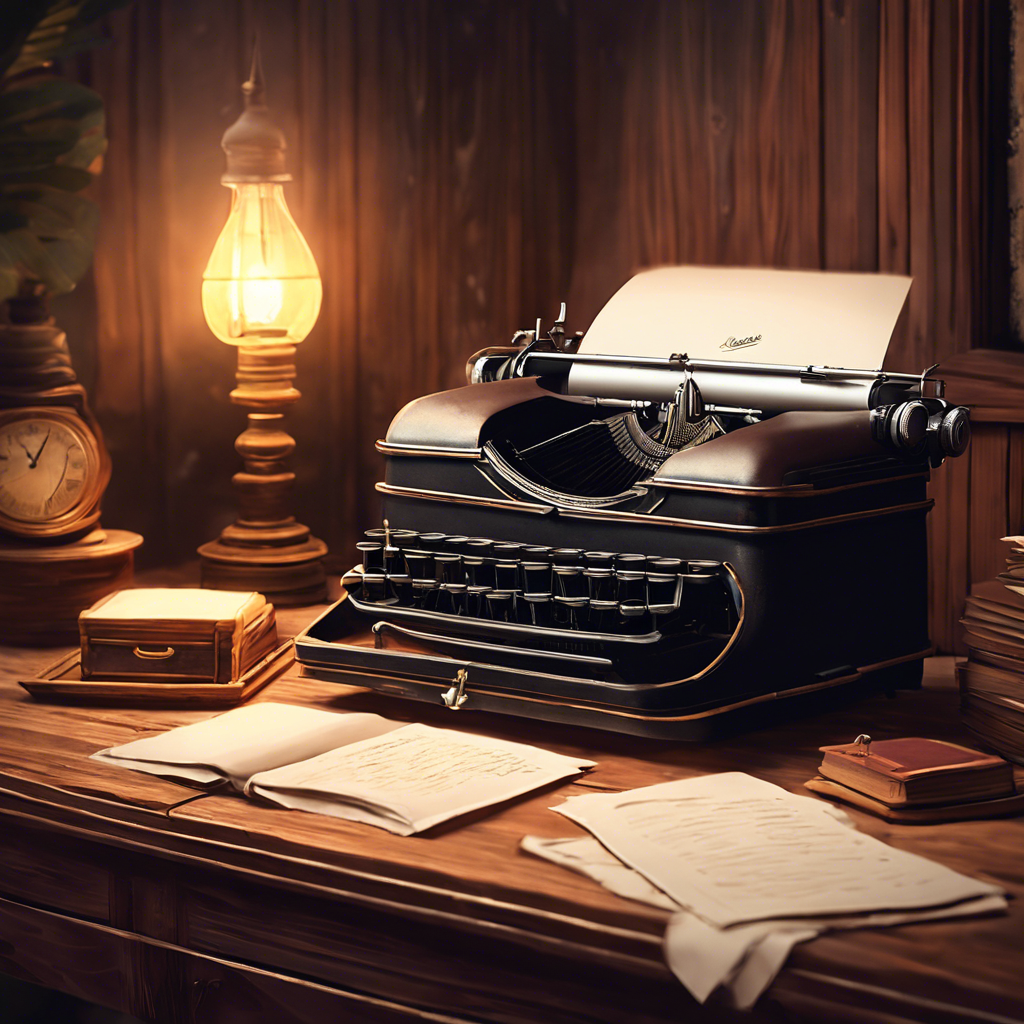Crafting a best-selling story is an art that combines creativity with technique. Whether you’re a budding writer or a seasoned author looking to hone your skills, understanding the core elements of storytelling can transform your ideas into captivating narratives. This guide is here to help you with the basics of how to create a best-selling story. Let’s get into it!
1. Picking a Genre
You know when you find a really good book and the way it makes you feel? Start with that. A feeling.
How do you want your readers to feel? Warm and fuzzy? Scared? Excited? Romantic?
throughout your story, you will likely set in motion many different feelings but what is the overall feeling of your book?
Figure out what genre you want your story to fit into.
- Historical
- Historical romance
- romance
- fantasy romance
- fantasy
- Mystery
- Thriller
- Horror
- Adventure
- Dystopeon
- Young Adult
- Children’s Fiction
- Magical Realism (blending fantasy in with the real world)
- paranormal
- etc.
Now that you have picked your genre it is time to brainstorm ideas for a story.
2. Brainstorming
This is the part where your ideas evolve into a full-fledged story.
I think of this part as a big puzzle piece where you try to fit all of your ideas and making into a cohesive story.
Here are some ways to help get those wheels turning in your imagination no matter how dusty they are.
- Choose a prompt from the internet. I have a whole page here on my blog dedicated to writing prompts. If you need some ideas, click here.
- Mind mapping- Get a free printable here.
- Make a Pinterest mood board
- Make a playlist of music that fits with the feeling and mood of your book
- Brain dump- write everything down in organized folders
3. Develop Compelling Characters
Your main character is the most important part besides the storyline. They carry the story making it possible.
I like to start with visually creating a character first. I like to use Pinterest to create character boards for visuals. You can make it a secret board and name it your character’s name.
Some other ways to create a character:
- Draw them
- Use AI to generate an image
- Find a list of tools that I use to create worlds and characters here.
Create Detailed Backstories. Creating a character’s backstory explains why they are the way they are. You don’t need to have every detail down to who their first crush was unless it’s necessary to the story and plot.
Create their fears and internal conflict– No character should be perfect, that would be boring and unrelatable for your audience because nobody is perfect. A character’s fear and internal conflict drive them, it sets their path in motion by compelling them to take certain steps based on their fear. Even a villain has them, especially the villain.
Morals and belief– what does your character believe in and where does their moral compass point? Are they morally gray, good, or downright diabolical?
How do their beliefs and morals change throughout your story?
Define Character arcs by planning how your characters will grow through the story and how their motivations change. A strong arc adds to both character development and plot progression.
4. Construct a Gripping Plot
Now it’s time to construct your plot. You can do this by creating an outline of the main plot points by identifying the beginning, middle, and end of your story.
Once you have your main plot points, it’s time to add layers and subplots that support the main story, keeping it moving and exciting for readers.
5. Establish a Captivating Setting
Where does your story take place? What is the environment and climate?
These are the details that create the mood and mental image for the reader.
What is the timeline of your story? does it take place 50 years ago or is it the present day? Figure out all of the details of your setting.
5. Master the Art of Dialogue
Mastering the art of dialogue is going to take practice and a lot of research.
Read a lot of books and learn different methods from other authors.
Reflect your character’s personality and traits- not every character should talk the same way.
Decide on which point of view you will be telling your story. such as:
- first person
- second person
- third person
- third person omniscient
- third person objective
- etc.
6. Revise and Edit Thoroughly
Once you have written your first draft you’ll need to go back and fix any mistakes. Make a second and third draft until you have it as perfect as you can.
Hire an editor. You’ll need someone (a professional) to take a look and polish it all up for you.
Seek feedback by getting beta readers and/or have some friends read it and tell you what they think.
7. Don’t info-dump
For the love of writing, please don’t info dump.
Info-dumping is giving every single detail about your characters, world, or anything that doesn’t move the story forward.
You don’t want to have the whole first chapter telling the backstory of your main character. That is for your inciting incident.
You can sprinkle info as your story moves and when necessary only.
Creating an amazing story involves a blend of creativity, structured planning, and careful revision. By focusing on compelling characters, a strong plot, and an immersive setting, you can craft narratives that captivate and inspire readers. Embrace these techniques, and watch your storytelling skills flourish!
Thank you for reading.
Good luck writers!
– A Writer’s Ritual
